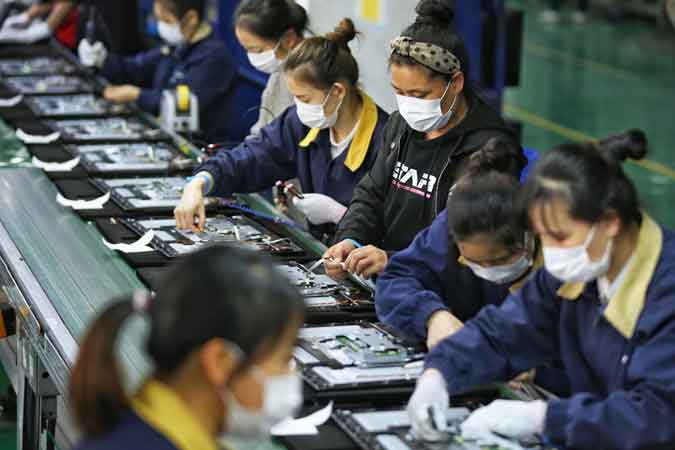PSEi tests support level on extended profit taking
By Denise A. Valdez, Senior Reporter
STOCKS CONTINUED to decline on Wednesday as investors kept taking profits and preferred markets that are expected to beat others in getting the coronavirus disease 2019 (COVID-19) vaccine.
The 30-member Philippine Stock Exchange index (PSEi) lost 107.16 points or 1.5% to close the session at 7,001.51. The wider all shares index likewise gave up 44.27 points or 1.04% to end at 4,184.28.
“Local shares were sold ahead of the Thanksgiving holiday, while foreign funds continued to flock back to regions, which they believe would be the first ones to receive the vaccine upon mass production,” Regina Capital Development Corp. Head of Sales Luis A. Limlingan said in a mobile message.
US and European markets closed with gains on Tuesday’s trading. In Wall Street, the Dow Jones Industrial Average, S&P 500 and Nasdaq Composite indices picked up 1.54%, 1.62% and 1.31%, respectively. In Europe, the Euro Stoxx 50, FTSE 100 and Dax indices also increased 1.30%, 1.55% and 1.26%, respectively.
At home, net foreign selling jumped to P1.39 billion on Wednesday against the previous session’s P621.19 million. It also marked the third straight day that foreign investors in the local bourse posted net outflows.
While optimism reigned in the PSEi in the past weeks because of news of developments by companies making a COVID-19 vaccine, the Philippine government expects that it may take about another year before any vaccine reaches the country.
This added to the selling pressure from investors that pocketed profits from the local market, Timson Securities, Inc. Trader Darren T. Pangan said.
“The bourse ended lower for the second straight day as the market experienced some profit-taking activity after briefly visiting the 7,200 levels,” Mr. Pangan said in a text message.
“Investors may be taking a step back to assess their positions before we move to the last month of the year 2020,” he added.
Five of six sectoral indices at the PSE ended Wednesday’s session lower. Property dropped 93.25 points or 2.61% to 3,473.37; holding firms cut 92.06 points or 1.25% to 7,222.34; industrials lost 104.08 points or 1.13% to 9,074.24; services shed 13.62 points or 0.88% to 1,526.74; and financials trimmed 2.13 points or 0.14% to 1,472.27.
Mining and oil was the only index that increased, climbing 281.81 points or 3.4% to 8,558.24 at the end of trading.
Some 8.03 billion issues valued at P14.07 billion switched hands on Wednesday, against the previous day’s 8.27 billion issues worth P12.95 billion.
Decliners outnumbered advancers, 120 against 97, while unchanged names ended at 40.


